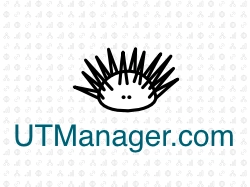CAC measures how much a business spends to convert a prospect into a paying customer. This includes all costs associated with marketing and sales over a given period—such as ad spend, salaries, software tools, content creation, agency fees, and overhead—divided by the number of new customers acquired during that same period.
Formula:
CAC = (Total Marketing + Sales Costs) / Number of New Customers Acquired
Example: If a company spends $100,000 on marketing and sales in one quarter and acquires 250 new customers, its CAC is:
$100,000 / 250 = $400
This means the company spends $400 on average to acquire each new customer.
Why CAC matters:
- Profitability Check: CAC helps determine whether your growth is sustainable. If your CAC is higher than your Customer Lifetime Value (LTV), you’re losing money on every acquisition.
- Budget Allocation: Knowing CAC allows you to compare the cost-effectiveness of different channels and campaigns.
- Scaling Decisions: Low and stable CACs are essential for scaling profitably, especially in SaaS and subscription businesses.
Ways to reduce CAC:
- Improve conversion rates through better targeting and optimized landing pages.
- Focus on organic channels like SEO, referrals, or community to lower reliance on paid media.
- Refine sales processes to shorten sales cycles and reduce costs.
- Increase retention and referrals, which amplify ROI on each acquired customer.
Example (B2B SaaS): A startup notices that leads from LinkedIn Ads have a CAC of $900, while referrals from existing customers have a CAC of $120. By shifting more budget toward referral programs and improving onboarding, they reduce overall CAC by 25% in six months.
CAC is most powerful when paired with LTV (Customer Lifetime Value) to calculate the LTV:CAC ratio, a critical metric for assessing the health and scalability of a business.
